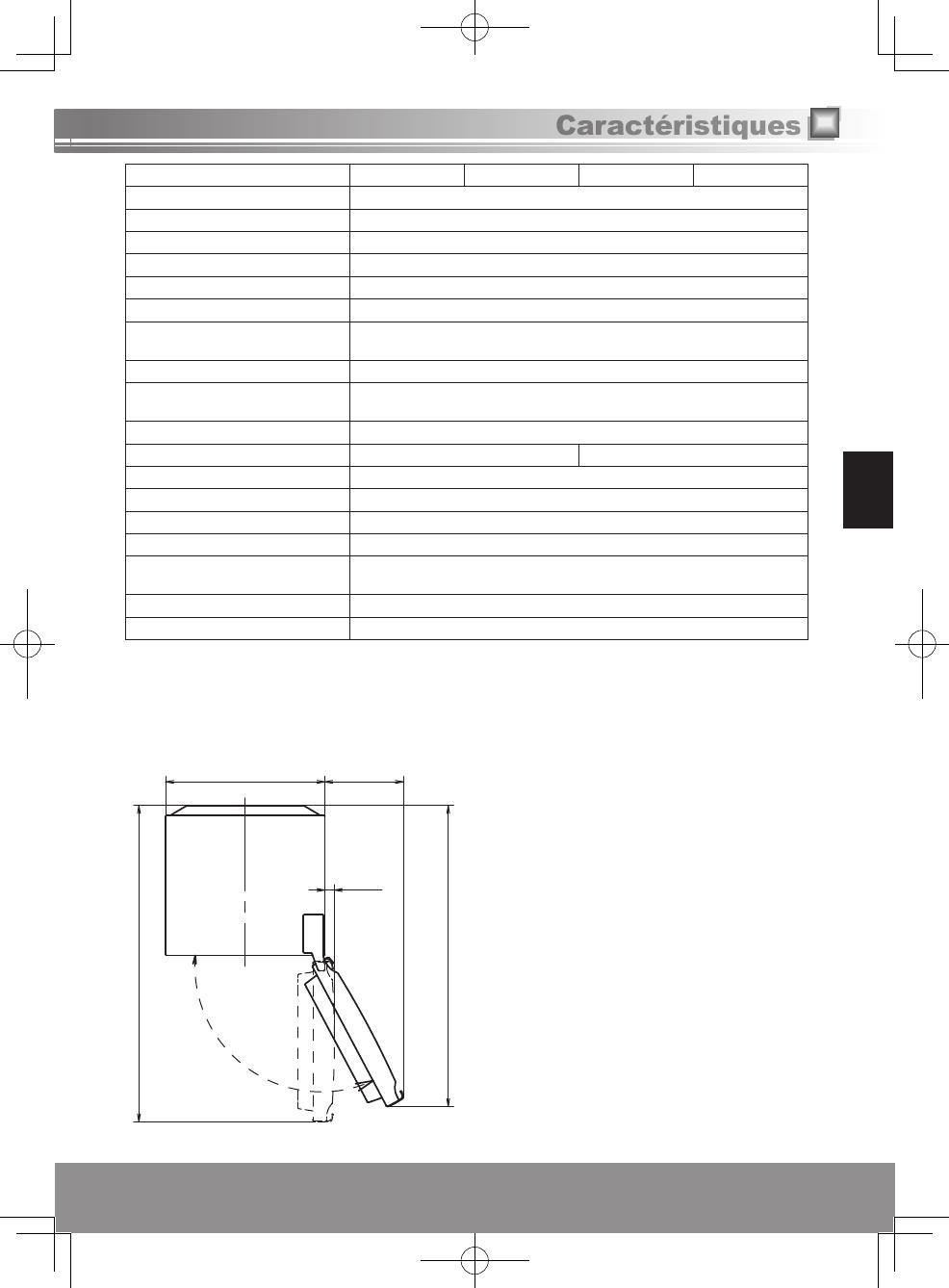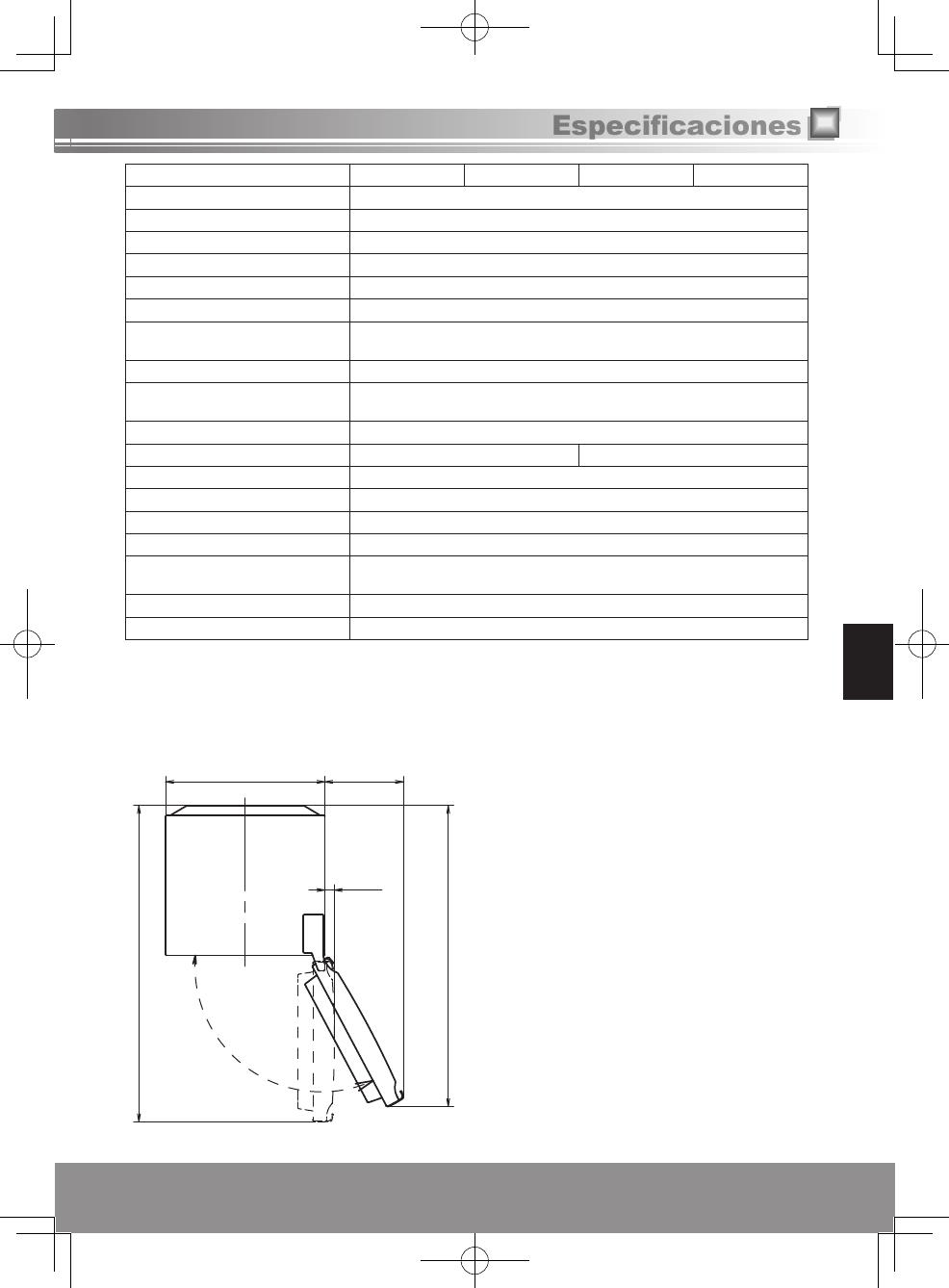
15
English
15
FAQs
If you feel that the refrigerator is not working properly, check out the following points rst.
If the trouble persists, disconnect the mains plug and contact your dealer or an authorized service centre.
General
You hear unusual sounds from the
refrigerator.
• Has the refrigerator been installed on a sturdy and level oor?
• Have sufcient clearances been provided around the refrigerator?
• Is anything vibrating on the top of the refrigerator?
• It’s normal to hear some noises when the refrigerator starts or stops operation.
You hear a sound after the
compressor has shut down.
• This is normal, and is often caused by refrigerant owing back to the
compressor.
You hear a sound after you have
opened or closed the door.
• This is normal, and is due to the difference in air pressure between the inside
and outside of the refrigerator.
You hear the sound of air or water
owing after you have opened
the door.
• This is caused by refrigerant owing the internal pipework.
You hear a continuous whining
sound.
• This sound is heard while the fan for circulating the cold air is operating.
• Has Super Freeze Mode been set?
In the Super Freeze Mode, the fan for circulating the cold air runs at high
speed so it makes a loud noise.
• Has the food been packed too tightly together or is the room temperature high?
In cases like these, the fan for circulating the cold air runs at high speed so it
makes a loud noise.
The compressor is quite loud. • Has Super Freeze Mode been set?
In the Super Freeze Mode, the compressor runs at high speed so it makes a
loud noise.
• Has the food been packed too tightly together or is the room temperature high?
In cases like these, the compressor runs at high speed so it’s normal for the
compressor to be louder.
The compressor has been running
for a long time.
• When the mains plug has been connected for the rst time, the compressor
runs longer than usual in order to cool down the inside of the refrigerator until
the set temperatures are reached.
• Has Super Freeze Mode been set?
• Have the doors been opened and closed frequently? Are the doors completely
shut?
• Have the food items been packed too tightly together or is the room
temperature high?
• When many food items are placed in the refrigerator at one time, the
compressor will need to run for a longer period.
Condensation forms on the
outside of the refrigerator.
• Condensation may form when the humidity in the room is high and is normal.
Wipe it off using a dry cloth.
The outside of the refrigerator
feels hot to the touch.
• After the power of the refrigerator is turned on, the refrigerator may become
warm until the interior of the compartment is sufciently cooled down. The
refrigerator may become warm even after the compartments have been cooled
down. This is due to the operation of the heat radiation pipe equipped on the
refrigerator for the purpose of preventing condensation, and is not malfunction.
The controls on the control panel
cannot be operated.
• Is the power to the refrigerator on?
• Has the Child Lock been set?
The LED light does not come on. • Has Holiday Mode been set?
In Holiday Mode, the LED light of the fridge does not come on.
• Is the power to the refrigerator on?



















